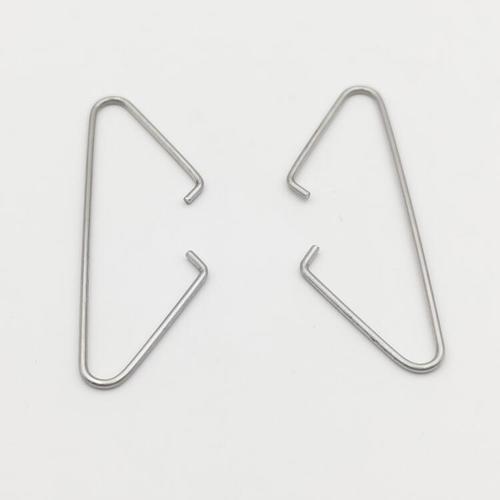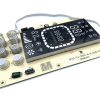
Toy Torsion Coil Springs: Flexible & Adjustable
Torsion coil springs, though petite in size, play a pivotal role in various mechanical systems. These springs are designed to store and release energy through the process of torsion, demonstrating their inherent ability to transmit torque when subjected to a twisting force.
While seemingly simple, toy torsion coil springs are complex mechanisms. They are a testament to the precision engineering required to create a compact, reliable energy storage and release system. Understanding these springs' mechanics, materials, and applications is essential for both toy designers and enthusiasts alike.
The Mechanics of Torsion Coil Springs
Alloys and Their Impact
Torsion coil springs are typically crafted from a variety of materials, including stainless steel, music wire, and various alloys. The choice of material significantly influences the spring's mechanical properties, including strength, corrosion resistance, and flexibility. Understanding the materials used is fundamental to grasp their role in toy applications.
Manufacturing Techniques
The manufacturing process of torsion coil springs involves coiling wire into a helical shape. This process is meticulously executed, with precision being the utmost priority. Various techniques, such as hot coiling and cold coiling, are employed to create springs with distinct properties, ensuring they meet the unique demands of different applications.
Toy Torsion Coil Springs: Geometry & Coiling
Pitch and Diameter
The geometry of a torsion coil spring is defined by its pitch and diameter. The pitch refers to the distance between adjacent coils, while the diameter pertains to the thickness of the wire used. Altering these parameters allows engineers to fine-tune the spring's performance characteristics, making them adaptable for various applications.
Pitch Angle
The pitch angle, the inclination of the coil relative to the spring axis, also plays a crucial role. It determines the spring's rate of deflection and its ability to store and release energy efficiently. A precise understanding of pitch angles is necessary for designing springs that cater to specific torque requirements.
Application in Toys
Generating Twisting Motion
Toy torsion coil springs are masters of transforming potential energy into kinetic motion. When wound or twisted, they store potential energy within their coils. Upon release, this potential energy is converted into kinetic energy, propelling toys forward and generating delightful motion.
Conservation of Energy
A fascinating aspect of these springs is their efficiency in conserving energy. The well-engineered design ensures minimal energy loss during the twisting and unwinding process, contributing to the seamless operation of toys.
Examples in Toy Design
Wind-up Toys
Wind-up toys, a beloved classic, rely heavily on torsion coil springs. By twisting a key or knob, potential energy is transferred to the spring. As it unwinds, the stored energy powers the toy's movements, creating a captivating and repeatable play experience.
Novelty Items
Beyond traditional wind-up toys, torsion coil springs find their place in various novelty items, where their compact size and energy efficiency allow for creative and often humorous applications. From chattering teeth to pop-up surprises, these springs add an element of surprise and delight to playthings.
Challenges and Innovations
Corrosion Resistance
One of the significant challenges in designing toy torsion coil springs is ensuring their durability. Exposure to moisture or adverse environmental conditions can lead to corrosion, affecting the spring's performance. Innovations in corrosion-resistant materials and coatings have become essential to overcome this challenge.
Fatigue Life
Toy torsion springs experience repeated cycles of twisting and unwinding. Ensuring a long fatigue life is crucial to maintaining toy functionality. Advanced materials and heat treatment techniques are continually evolving to enhance the fatigue resistance of these miniature marvels.
Miniaturization
As technology advances, there is a growing demand for even smaller torsion coil springs to power miniaturized devices and toys. Miniaturization calls for innovative manufacturing techniques and materials, ensuring these springs remain reliable and efficient in increasingly compact spaces.
Conclusion
Toy torsion coil springs, though often hidden from view, are indispensable components of various toys, driving their kinetic charm. As we look to the future, innovation in materials and design will continue to shape the role of these miniature springs in the toy industry. If you are looking for further information about top-quality toy torsion coil springs, please feel free to contact us at nellyyip@xinzhaolang.com.







